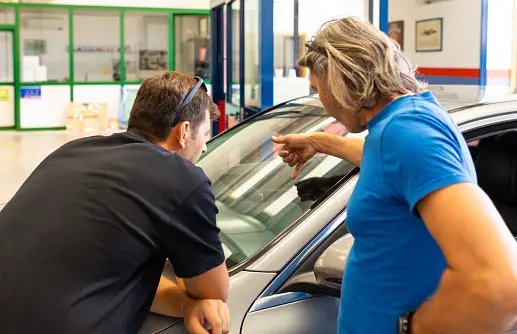A Guide to California's Windshield Repair Regulations

When you're behind the wheel, the clarity of your windshield is more than a matter of convenience - it's a critical safety issue and a legal requirement, especially in California. A cracked or chipped windshield doesn't just mar the look of your car; it can significantly impair your ability to see the road clearly, potentially leading to dangerous driving situations. Furthermore, driving with windshield damage can land you on the wrong side of the law in California, where specific regulations are in place to ensure every vehicle's windshield is up to standard for road safety.
This article is designed to demystify these regulations, breaking down California's windshield repair laws in a way that's easy for every driver to understand. Whether you're a lifelong Californian or new to the state, a clear understanding of these rules is essential for keeping your vehicle safe, legal, and road-ready. In addition to understanding repair laws, it's also crucial to consider how local weather affects your windshield to ensure your selection meets both legal and environmental needs. Our goal is to provide you with all the information you need, presented clearly and concisely, so you can drive with confidence, knowing your vehicle meets all the necessary safety standards set by California law.
(909) 757-8351
